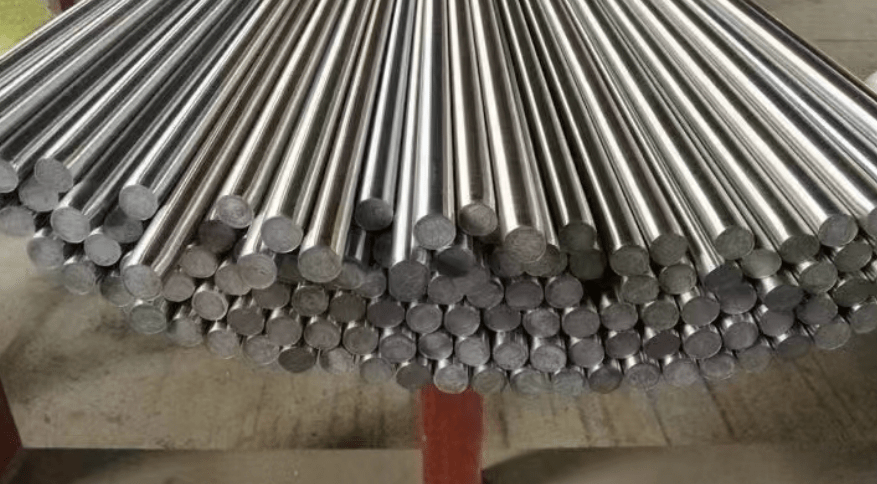The materials world is vast and diverse, encompassing a broad spectrum of alloys, each with its unique properties and applications. Two such alloys that are often compared are Monel vs Brass. While both are alloys with their own set of advantages, understanding the fundamental differences between them is crucial for selecting the most suitable material for a given application. Let’s delve into the details of Monel and Brass to gain a comprehensive understanding of their differences.

Monel vs Brass – What’s the Difference?
Monel: An Introduction
Monel, a nickel–copper alloy, is renowned for its excellent corrosion resistance, strength, and workability. It was first developed in the early 20th century and has since been widely used in various industries. The nickel content in Monel alloys provides superior resistance to corrosion, particularly in marine environments and acidic conditions. Additionally, the alloy’s ductility and strength allow it to be easily formed and machined into complex shapes.
Monel is commonly used in applications where corrosion resistance is a prime concern, such as in chemical processing, marine engineering, and electrical components. Its ability to maintain structural integrity even in corrosive environments makes it a valuable material in these industries.
Brass: An Overview
Brass, on the other hand, is an alloy primarily composed of copper and zinc. The zinc content can vary, resulting in different types of brass with varying properties. Brass is known for its bright, golden appearance, which is often enhanced through polishing. It is also relatively inexpensive compared to other alloys, making it a popular choice for decorative and functional applications.
Brass exhibits good machinability and can be easily formed into various shapes. However, its corrosion resistance is not as robust as Monel, especially in marine or acidic environments. Despite this, brass finds widespread use in plumbing fixtures, musical instruments, door hardware, and electrical connectors due to its combination of aesthetic appeal and functional properties.
Monel vs Brass – Comparing the Differences
The key differences between Monel vs Brass lie in their composition, corrosion resistance, and applications. Monel, with its high nickel content, excels in corrosion resistance, particularly in harsh environments. It is more expensive but offers superior performance in terms of durability and longevity. On the other hand, brass, with its copper-zinc base, is more affordable and widely used in applications that do not require extreme corrosion resistance.
In terms of applications, Monel is the preferred choice in industries that demand high corrosion resistance, such as chemical processing and marine engineering. Brass, on the other hand, finds its place in decorative and functional applications where its aesthetic appeal and relatively low cost are valued.
Conclusion
Monel and Brass are both valuable alloys with unique properties and applications. Monel’s superiority in corrosion resistance and strength makes it ideal for demanding industrial applications, while brass’s affordability and aesthetic appeal make it a popular choice for decorative and functional uses.
Thank you for reading our article and we hope it can help you to have a better understanding of the differences between Monel vs Brass. If you are looking for Monel Alloy suppliers online now, we would advise you to visit Huaxiao Alloy.
As a leading supplier of Monel Alloy products from Shanghai China, Huaxiao Alloy offers customers high-quality Monel 400 Alloy, Monel 405 Alloy, and Monel K500 at a very competitive price.



